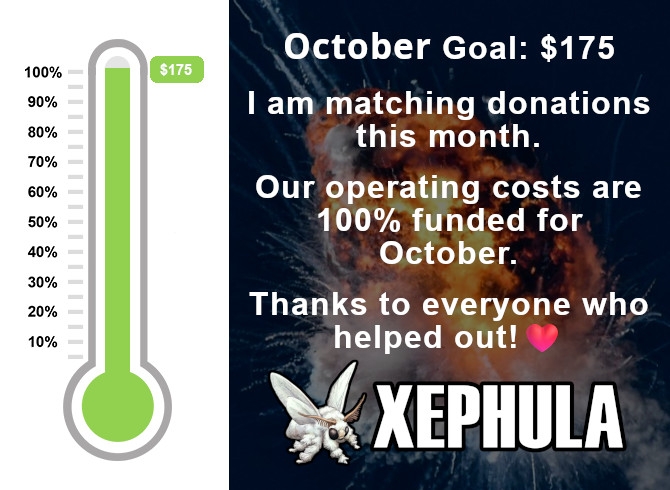RICK MIRACLE VIDEO LIBRARY #1156,
UFO UAP FOOTAGE FROM NEW JERSEY ITS MAN MADE
You SHOULD already know about the "Smith-Mundt Act" that was changed under the Barry Soetoro Administration.... From an act that prohibited #Propaganda to be used against the American People....
Into an act that AUTHORIZED PROPAGANDA AGAINST THE AMERICAN PEOPLE! This is why all this BS is happening!
The people who signed that "Act" should be EXECUTED as #Traitors!
ANYONE who uses Propaganda against the American People should go to prison at the very least!
But YOU TOLERATED IT!
So now it's an every day thing!
The "United States" is nothing more than a #Corrupt #Corporation!
And it's time for ALL OF YOU to stop "Consenting" to being ruled by them!
Nothing will ever change because you are PROPERTY as long as you CONSENT!
When you "vote" or pay taxes or call yourself a "citizen" you are CONSENTING!
Consenting to being the CHATTEL PROPERTY of psychopaths and #Criminals who will use PROPAGANDA on you, and will #Genocide your ass too!
https://old.bitchute.com/video/GenU5caf04ZB/
UFO UAP FOOTAGE FROM NEW JERSEY ITS MAN MADE
You SHOULD already know about the "Smith-Mundt Act" that was changed under the Barry Soetoro Administration.... From an act that prohibited #Propaganda to be used against the American People....
Into an act that AUTHORIZED PROPAGANDA AGAINST THE AMERICAN PEOPLE! This is why all this BS is happening!
The people who signed that "Act" should be EXECUTED as #Traitors!
ANYONE who uses Propaganda against the American People should go to prison at the very least!
But YOU TOLERATED IT!
So now it's an every day thing!
The "United States" is nothing more than a #Corrupt #Corporation!
And it's time for ALL OF YOU to stop "Consenting" to being ruled by them!
Nothing will ever change because you are PROPERTY as long as you CONSENT!
When you "vote" or pay taxes or call yourself a "citizen" you are CONSENTING!
Consenting to being the CHATTEL PROPERTY of psychopaths and #Criminals who will use PROPAGANDA on you, and will #Genocide your ass too!
https://old.bitchute.com/video/GenU5caf04ZB/
RICK MIRACLE VIDEO LIBRARY #1156,
UFO UAP FOOTAGE FROM NEW JERSEY ITS MAN MADE
You SHOULD already know about the "Smith-Mundt Act" that was changed under the Barry Soetoro Administration.... From an act that prohibited #Propaganda to be used against the American People....
Into an act that AUTHORIZED PROPAGANDA AGAINST THE AMERICAN PEOPLE! This is why all this BS is happening!
The people who signed that "Act" should be EXECUTED as #Traitors!
ANYONE who uses Propaganda against the American People should go to prison at the very least!
But YOU TOLERATED IT!
So now it's an every day thing!
The "United States" is nothing more than a #Corrupt #Corporation!
And it's time for ALL OF YOU to stop "Consenting" to being ruled by them!
Nothing will ever change because you are PROPERTY as long as you CONSENT!
When you "vote" or pay taxes or call yourself a "citizen" you are CONSENTING!
Consenting to being the CHATTEL PROPERTY of psychopaths and #Criminals who will use PROPAGANDA on you, and will #Genocide your ass too!
https://old.bitchute.com/video/GenU5caf04ZB/
0 Comments
0 Shares
151 Views















